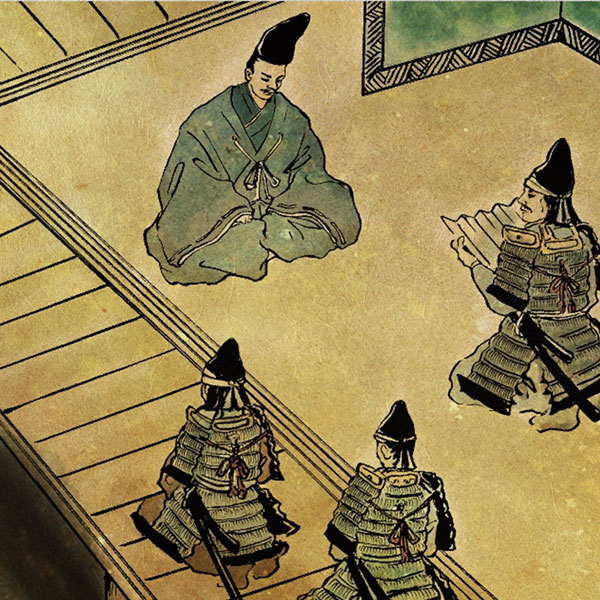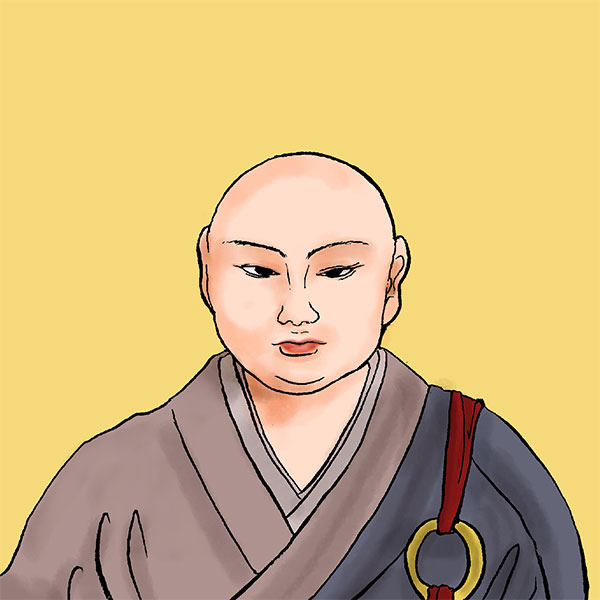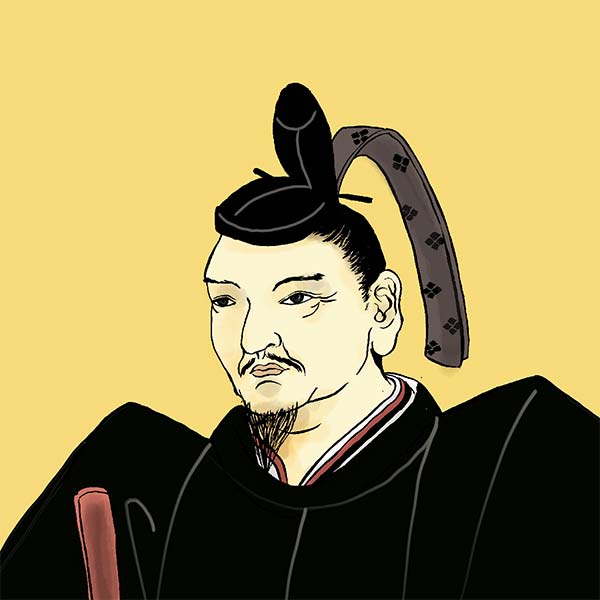Meio political change (2/2)The coup that began the Sengoku period

Meio political change
- Article category
- case file
- Incident name
- Meio Coup (1493)
- place
- Kyoto
- Related castles

Nijo Castle
- people involved
Then, Masamoto Hosokawa established himself in the imperial court and had Yoshizumi Ashikaga recognized as a shogun. Emperor Gotsuchimikado felt angry that the shogun had been replaced without permission, but in the end he approved the change. There is also a vague story that one of the deciding factors was political donations by Masamoto.
Meanwhile, Yoshiki Ashikaga is shocked when he receives the news of Masamoto Hosokawa's army. The feudal lords and the direct retainers of the Muromachi shogunate fell into great confusion, wondering, ``What if there were two shoguns...?'' Meanwhile, when a letter was received from Ise Sadamune telling them to obey the new shogun, the daimyo and shogun's direct retainers in Kawachi returned to Kyoto to join Ashikaga Yoshizumi. One reason for this was that the successive Rokkaku and Kawachi conquests placed a heavy burden on the feudal lords. However, it goes without saying that Tomiko Hino and Sadamune Ise played a major role. In the end, only Masanaga Hatakeyama remained with Yoshiki. However, approximately 8,000 soldiers were present, and Yoshiki proceeded with preparations, intending to fight back to the fullest.
Meio Coup ② Ashikaga Yoshiki is defeated at Shokakuji Temple
On Leap April 7, Masamoto Hosokawa dispatched Motohide Uehara, Motoie Yasutomi, and others to Kawachi as a subjugating force against Yoshiki Ashikaga. Motoie Hatakeyama and feudal lords allied with Masamoto joined this army, and the subjugation force swelled to about 40,000 soldiers. In response, Yoshiki and Masanaga Hatakeyama barricaded themselves in Shokaku-ji Temple, strengthened their defense by building more than 100 towers, and waited for the subjugation army.
In fact, Yoshiki Ashikaga and his friends had a good chance of winning. These were reinforcements from Kii (Wakayama Prefecture, southern Mie Prefecture), which was ruled by Masanaga. Approximately 10,000 reinforcements are heading toward Shogakuji Temple, and if reinforcements arrive, we can expect a comeback. However, the reinforcements were stopped by Masanori Akamatsu in Sakai, defeated in battle, and unable to reach Shogakuji Temple.
In the meantime, the castle's food supply is decreasing, and the soldiers' morale is gradually decreasing. Then, on April 24, when the food supply was almost exhausted, the subjugation army launched an all-out attack. The castle fell the next morning, and Masanaga Hatakeyama committed suicide along with his senior vassals. Yoshiki Ashikaga surrendered to the subjugation army, was sent to Kyoto, and began living in confinement at Ryoanji Temple. Thus, the Meio political change came to an end.
Muromachi Shogunate after the Meio Coup
After the Meio Coup, Masamoto Hosokawa took control of the shogunate, and the shogun became a puppet. However, behind Yoshizumi Ashikaga, who was appointed as the 11th Shogun, were Tomiko Hino and Sadamune Ise, and Masamoto's tyranny was often stopped. Also, as Yoshizumi grows up, political conflicts arise between Masamoto and Yoshizumi, but the authority of the Muromachi shogunate erodes due to the dispute over the shogunate position, which is related to the dispute over the succession of the Hosokawa family, and the shogunate gradually collapses. It will be.
The cause of the dispute over the succession of the Hosokawa family was Masamoto Hosokawa. Masamoto, who was single all his life due to his obsession with Shugendo, had no biological children and had three adopted children. Initially, he adopted Sumiyuki Hosokawa from the Kujo family, a Sekkan family, as his legitimate son, but later disinherited him and made Sumimoto Hosokawa, adopted from the Awa Shugo family of the Hosokawa family, his legitimate son. As a result, the Sumiyuki faction and the Sumimoto faction began to fight within the Hosokawa family.
Then, on June 23, 1507, Masamoto Hosokawa was assassinated by Motonaga Kozai of the Sumiyuki faction (Eisho's Derangement). After that, as a result of many twists and turns, Masamoto's succession was succeeded by Sumimoto Hosokawa, who collaborated with another adopted son, Takakuni Hosokawa, who was from the Hosokawa clan. However, Sumimoto and Takakuni are at odds. The internal conflict within the Hosokawa family would continue for more than 20 years.
The struggle for succession in the shogunate family began again when Yoshiki Ashikaga escaped from his prison and fled to Nagasaki Jimbo, the shugo of Etchu (Toyama Prefecture) and a senior vassal of Masanaga Hatakeyama. Yoshiki expanded his power as ``Etchu Kubo.'' Together with Naojun Hatakeyama, the son of Masanaga Hatakeyama who had successfully escaped from Shokaku-ji Temple, he appealed for the subjugation of Masamoto Hosokawa, and frequently launched military operations with the aim of reaching Kyoto. In 1498, he changed his name to Yoshitaka, relied on the Asakura clan, and advanced to Omi, joining forces with Enryaku-ji Temple on Mt. Hiei and Mt. Koya. After Masamoto Hosokawa was assassinated, Takakuni Hosokawa approached Yoshitaka. Yoshitaka, who had the backing of Takakuni, returned to the rank of shogun in July 1507 after numerous conflicts.
Yoshizumi Ashikaga, who was chased out of Kyoto by Yoshitaka Ashikaga, and Sumimoto Hosokawa, who had teamed up with Yoshizumi, continued to live in exile. Yoshizumi died before becoming the shogun, but his son Yoshiharu Ashikaga succeeded him as the 12th shogun. In this way, the Muromachi shogunate was divided into two factions, the Yoshitane school and the Yoshizumi school, and each faction produced a shogun. The conflict between these two factions led to the spread of war throughout the country, and eventually the Warring States Period began with the spread of the trend of subordinates attacking their masters.
Reread the article on the Meio political change
- people involved

- WriterNaoko Kurimoto(Writer)I am a former travel industry magazine reporter. I have loved history, both Japanese and world history, since I was a child. I usually enjoy visiting temples and shrines, especially shrines, and often do ``pilgrimages to sacred places'' themed around historical figures. My favorite military commander is Ishida Mitsunari, my favorite castle is Kumamoto Castle, and my favorite castle ruins is Hagi Castle. My heart flutters when I see the ruins of battle castles and the stone walls of castle ruins.





